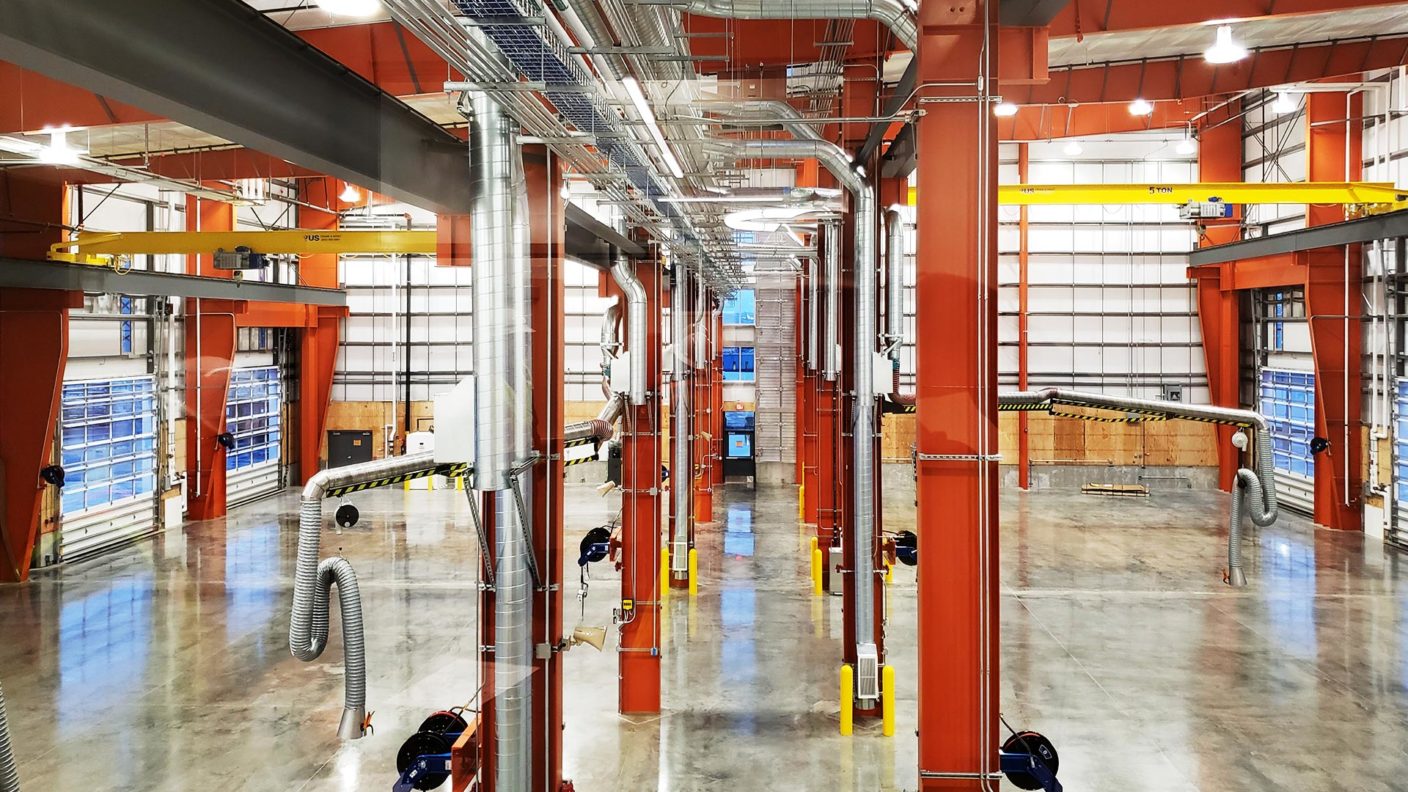
- LEED Gold certification
- 55% reduction in carbon emissions
- $34M project budget
Bonneville Power Administration Ross Complex Fleet Services Building
Aligning on Definition of Success
The Bonneville Power Administration (BPA), headquartered in Portland, Oregon, is a federal agency under the U.S. Department of Energy. It serves the Pacific Northwest by operating and maintaining an extensive bulk electricity transmission system. The Ross Fleet Services Building (FSB) project provided significant facility improvements to address immediate operational inefficiencies for the agency through a safer, code-compliant, and more energy-efficient facility. The total scope included the fleet services building, vehicle storage building, truck wash facility, specialized manufacturing shops, and extensive site medium voltage power distribution upgrades.
We delivered MEP designs for the Ross FSB to maintain federal compliance in building design and incorporated sustainable features based on life-cycle cost analysis criteria. We also worked with hazardous material containment systems to ensure environmental stewardship.
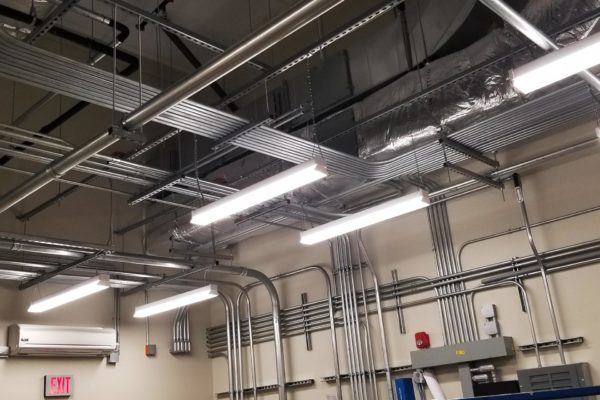
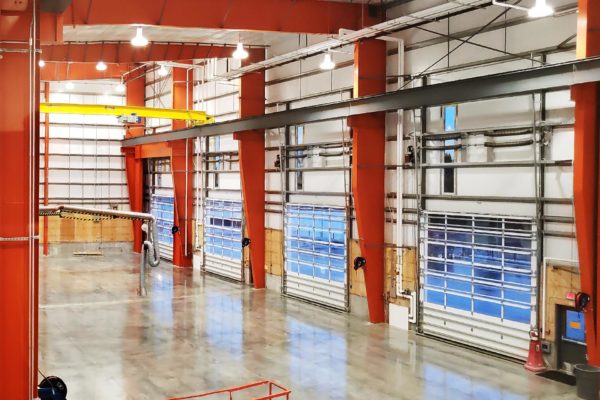
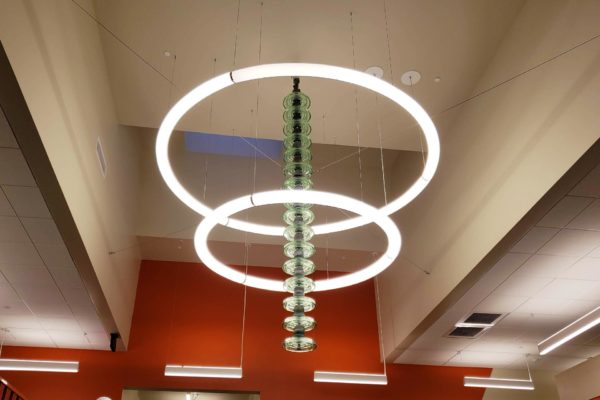
Complementary Efficiency Solutions
With the project’s LEED-Gold target and focus on energy efficiency, we performed energy modeling and worked toward highly energy-efficient HVAC design. This design included a heat pump chiller and shop solutions such as night flush cooling, radiant floor heating, and optimized ventilation using hazardous gas monitoring. We worked closely with the owner and architect to streamline LEED scorecard tracking. We also provided advanced energy metering consulting to help achieve certification and aided in post-occupancy measurement and verification.
As a federally owned institution, the project required additional input from subject matter experts and project stakeholders. We took on the challenge of designing an energy-efficient system that would meet the ventilation requirements for a repair/fleet building with 11 different vehicle bays and an attached administration office. During that process of problem solving, we were able to coordinate duct locations and duct distribution systems within the given space constraints.
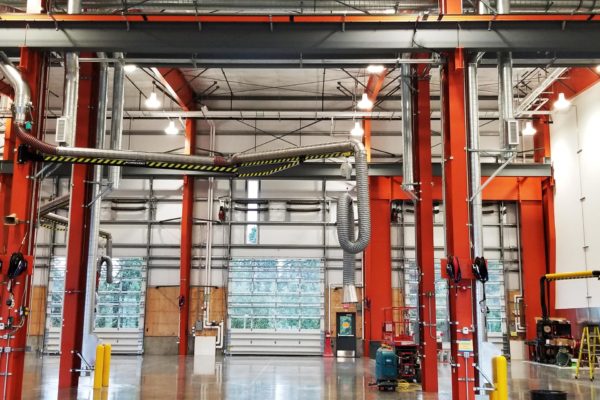
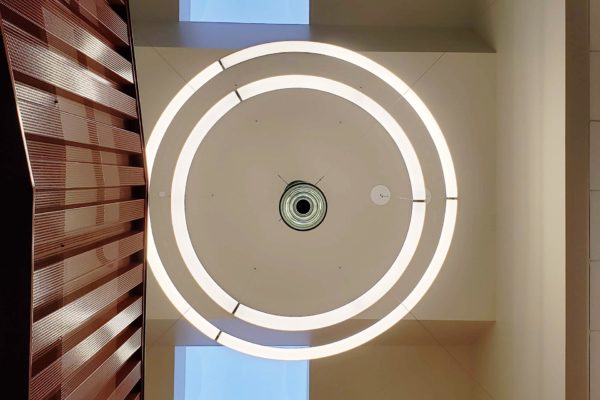
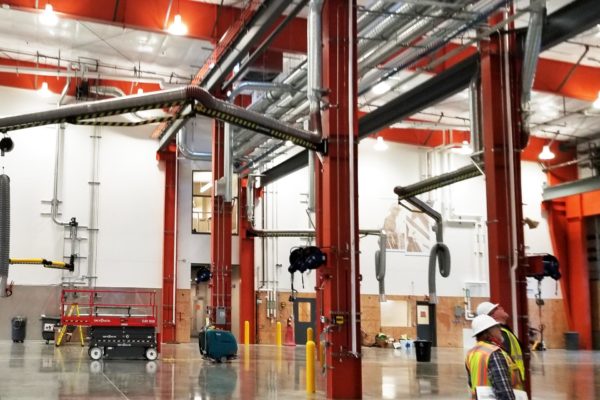
One noteworthy design feature is the fleet area night flush system. This includes louvers with automatic dampers that open to bring in cool air at night to help maintain occupant comfort in the fleet area during warm days and during occupied hours when outside air temperature is below the space temperature. The system uses the building’s exhaust fan in reverse as a supply fan for the night flush, thereby increasing cost savings by limiting equipment additions.
Success as a Team
A key win for this project was the skillful collaboration with a large number of BPA project representatives with diverse perspectives and success criteria. SWE played a key role in communicating, educating, and bringing focus to establish the direction and scope for MEP systems. This was recognized by the BPA project manager as one of the most beneficial contributions to the project’s ultimate success.

Want to be a part of projects like this? Join Our Team.
